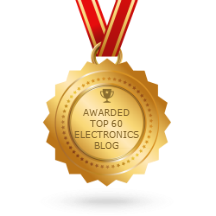What is PLC?
The PLC (Programmable Logic Controller) is a small industrial computer usually found in factories. Its main use is to replace the relay logic of a plant or process. Today, the PLC is being used in SCADA systems to do its very good programmability. Earlier PLC’s have no serial communication ports for interfacing to radio for transferring of data. Nowadays, PLC's have extensive communication features and a wide support for popular radio units being used for SCADA system. In the near future we are seeing the merging of the RTUs(Remote Terminal Unit) and the PLC’s.
What is SCADA?
SCADA (Supervisory Control And Data Acquisition) system refers to the combination of telemetry and data acquisition. It consists of collecting information, transferring it back to a central site, carrying out necessary analysis and control, and then displaying this data on a number of operator screens. The SCADA system is used to monitor and control a plant or equipment. Control may be automatic or can be initiated by operator commands.
Components of SCADA System
Components of a SCADA System a SCADA system is composed of the following:
1. Field Instrumentation
2. Remote Stations
3. Communications Network
4. Central Monitoring Station
SCADA & PLC
Traditional PLC are migrating toward to traditional DCS for instants Fisher Delta V. For application in small or medium plant many people use a PLC (Allen Bradley) and also use DCS (Delta V, PlantScappe). If you have a small plant, it is better to set PLC or DCS system which has a system starting at 5 I/O and going up to 500 I/O.
SCADA is just that supervisory and data acquisition. It usually is not in plant but it used to supervise multiple small sites. In industry SCDA often do monitoring systems with little RTU at each well site.
![]()

















0 Comment(s):
Post a Comment